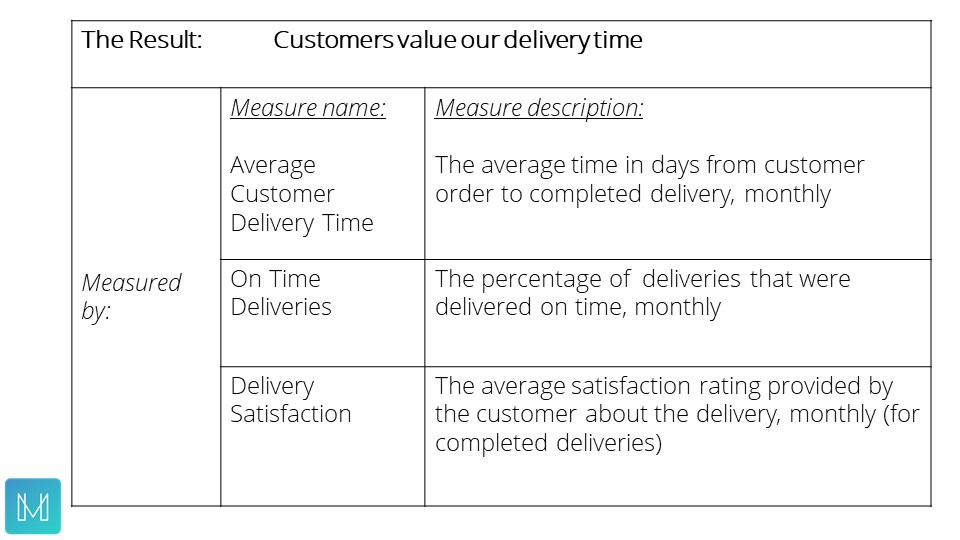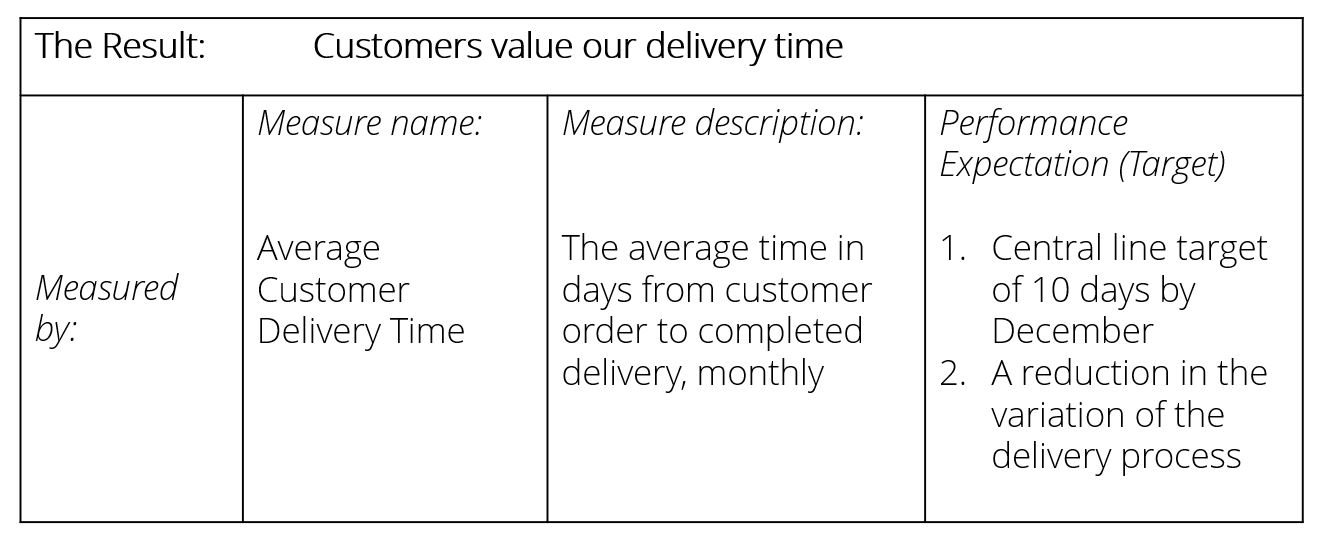Leaders use KPIs for all types of reasons. This article defines the two types of KPIs, and why it is important to know the difference.
Managers and leaders often articulate KPIs without using a specific method.
Most tend to allow all types of things to be KPIs – such as, milestones, actions and sometime measures with multiple targets. In this article we will discuss what a KPI is and then define the two types of KPIs, and why it is important to know the difference between these two types of KPIs.
What is a KPI
Let’s first agree on what a KPI is. KPI is the acronym for Key Performance Indicator. It is supposed to be an indicator of performance. Which means there are also key performance measures, but these KPIs typically have targets associated with them. More on that in a moment.
In management texts they will typically tell us something like, ‘management set KPIs to communicate the direction the company is heading in’…or maybe, ‘management set KPIs to communicate where the priorities are’. As with most management tools we have tended to abuse the use of KPIs over the three or four decades they have been around. Most often now, KPIs are used to try and control people, or at least reward performance by ‘hitting’ the KPI.
Performance Measures
Let’s first look at key performance measures, and these measures provide us with feedback on a performance result. Which means we might have something like the tables below, showing a performance result, and three performance measures that provide feedback on that result (this is using the PuMP approach to performance measurement developed by Stacey Barr).

I feel you might agree that just one of these measures will not provide us with the feedback we need on the result. We do need all three measures to get a good level of feedback on that result.
So, what we have here then are Performance Results and Performance Measures, but not yet a KPI, or even the two types.
Let’s now have a look at how we have been performing with Average Customer Delivery Time.

We can see from the chart above that Average Customer Delivery Time (in days, monthly) was quite variable, ranging from about 20 up to about 45, and with a central line (the average of the first five measure values) of 32. A few months back we decided to make this our priority and set two targets on this measure (1) On the Central, 10 days by December 2018 and (2) on reducing the natural variation.
This could be written in a business plan like this:

Two types of KPI
This is our first type of KPI. A performance measure with a target added to it, where we want to see some change in performance.
I am often asked to review an organisation’s reports and KPIs and usually find that there are two main types of KPIs, the performance measures where we have added targets.
The first type is as above, where we have deliberately decided to set a target where we want to see change.
The second type is where we have added a target to a measure but we are not looking for change. We want to maintain a standard of performance.

Summing up
With managers and leaders using KPIs for rewards and also to signify where change should occur, it is critical to understand what types of KPIs we are using.
To get change, we have to be very deliberate in how we set our targets.
Real change is difficult to achieve within ‘business-as-usual resourcing’. Therefore, we must be clear where we want to place our efforts for change. And using KPIs in the way described here, can help.
You can learn more about PuMP on this page.
You can also access The Eight Steps to a High Performance Organisation paper here.
Read more about this approach in this blog post.
Or maybe these articles could be of interest:
Executive accountabilities and KPIs
Photo Credit:
Featured Image by Austin Distel on Unsplash



